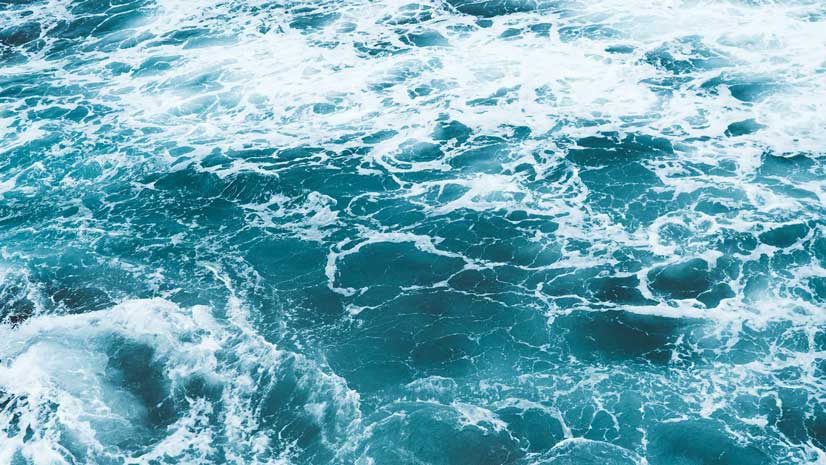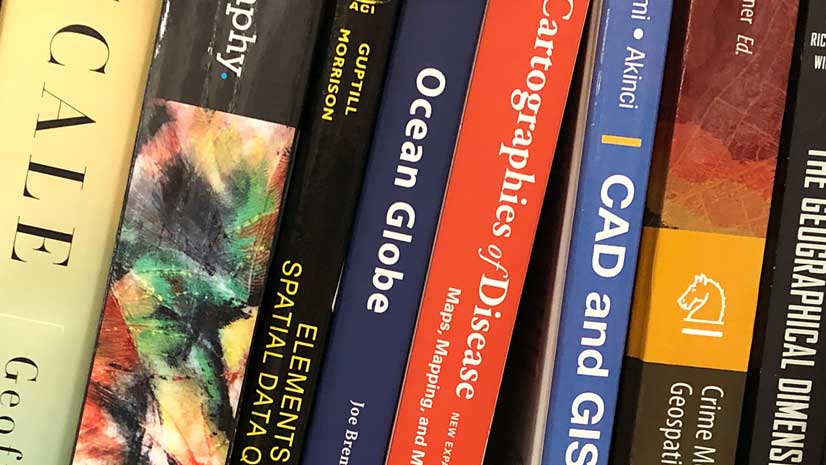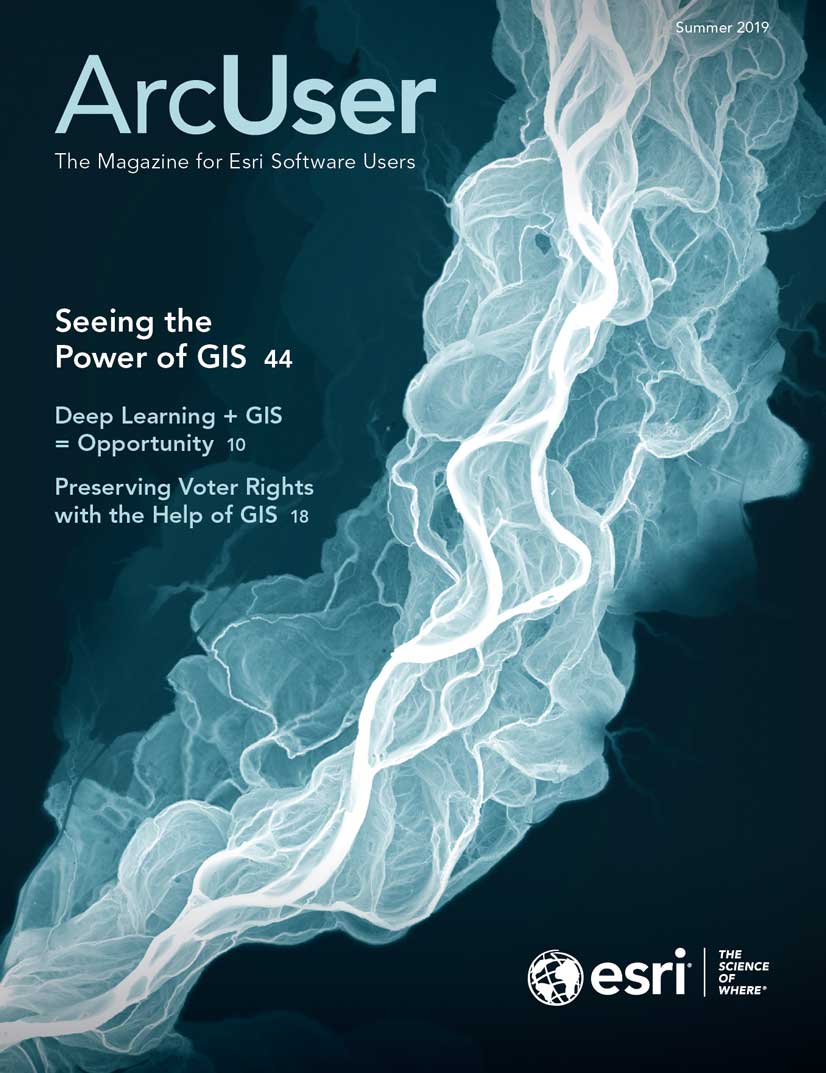The General Bathymetric Chart of the Oceans (GEBCO) commission is a non-profit-making organization of volunteer geoscientists and hydrographers who are dedicated to creating the most authoritative, publicly available bathymetry of the world’s oceans. GEBCO’s current world bathymetry map, released in 2019, depicts the ocean floor in shaded relief, but the organization’s cutting-edge work has a long history that dates to 1899.
That year, the 7th International Geographic Congress met in Berlin to discuss what was needed to develop comprehensive hydrographic charts and nominate a commission. The commission was tasked with developing standards for the terminology used in these charts and the creation of a series of bathymetric charts of the world’s oceans. Led by Prince Albert I of Monaco, it held an inaugural meeting in 1903 to plan the publication of general bathymetric charts.
The first edition of the GEBCO charts, published in 1905, was based on information from British and French hydrographic offices that came from the lead line soundings made by ships laying communications cable. Reports from various oceanographic expeditions during that time were also included. A second series of charts contained greater detail due to the introduction of the echo sounder in 1913, as well as other sonic and ultrasonic devices. This work was halted by World War I but later resumed, and the series was finally completed and published in 1931.
Today, GEBCO operates under the auspices of the International Hydrographic Organization (IHO) and the United Nations Educational, Scientific and Cultural Organization (UNESCO) Intergovernmental Oceanographic Commission. It provides seamless digital bathymetric charts of the world’s oceans and has developed a global series of bathymetric grids for 3D ocean modeling and other mapping applications.
GEBCO’s 2019 world bathymetry map is based on the latest GEBCO grid that includes bathymetric data at 15-arc-second (0.004-degree) increments; this map was primarily developed from a database of ship-track soundings. The interpolation between the soundings was determined from gravity data models derived from satellite altimetry. The points on the seafloor created by the model are approximately 0.5 kilometers (0.3 miles) apart.
GEBCO also promotes the future of ocean mapping. Through funding provided by the Nippon Foundation, a philanthropic organization headquartered in Japan, GEBCO also sponsors the Postgraduate Certificate in Ocean Bathymetry (PCOB). This yearlong program to help train the next generation of bathymetric scientists is held at the Center for Coastal and Ocean Mapping, University of New Hampshire (UNH), in the United States.




